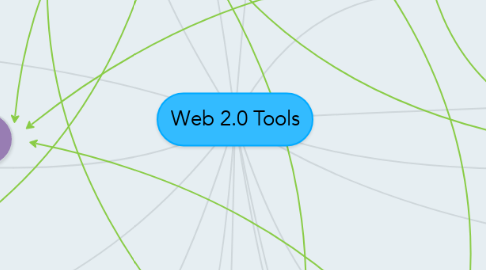Web 2.0 Tools
by Andrea Schroeder

1. Science
2. Math
3. National Science Teachers Association The National Science Teachers Association site is a goldmine for classroom teachers who may not feel as comfortable teaching geology and astronomy as they do reading and arithmetic. You'll find journal articles, experiment ideas, and a roundup of the latest science stories in the news.
4. Smithsonian Education Smithsonian offers thousands of resources for educators, including lesson plans, virtual tours of their latest exhibits, and the opportunity to connect with experts in the field. In one lesson, "Final Farewells," students can see a school yearbook from the Civil War era up close, and discuss how the political climate may have affected the content.
5. SMART Exchange Go to SMART Exchange before creating any lessons for your interactive whiteboard from scratch. Chances are you'll find an existing lesson ready to grab and go, or inspiration from other teachers who've taught the same material. Plus, the customizable Whack-A-Mole game is a must-have for test prep and review.
6. BioDigital Human BioDigital Human moves learning beyond textbook diagrams and the life-sized skeleton in the corner of the science classroom! This tool is an interactive 3D environment providing a stunningly realistic way to examine the human body. Students can explore and manipulate the 3D images as they zoom in and out of the various layers of anatomical animations. Descriptions of health conditions related to each system of the human body are included.
7. Social Studies
8. What Was There This innovative site adds the history to the place. Using Google Maps, this site explores the way places used to look. Students can search and explore their own personal history, that of relatives, or of an important place in class. What was There allows registered users to upload images of buildings and landmarks and have them displayed in the location where they were taken. Grades K-12
9. ELA
10. Google Earth Zoom over the Sahara desert. Fly past the streets where your students live. Take a tour of the Eiffel Tower. You can do it all with Google Earth, the tool that makes the world feel a little bit smaller with its map-generating capabilities. If you're new to Google Earth, the tutorials offer a great introduction.
11. Storyboard That Storyboard That is a storyboarding tool that offers templates for students to create stories. This site offers scenes, characters, text bubbles, and much more to fill the storyboard frames. Need to outline a story, plan out an idea in a fun way; break down or plan out, Storyboard is a great way to do just that. Grades: K-12
12. National Library of Virtual Manipulatives At the National Library of Virtual Manipulatives, you'll find activities for every area of math at every grade level. Need to teach shapes to preschoolers, for example? Try the Attribute Blocks, which challenge students to sort virtual objects. Working on functions with middle schoolers? Drop numbers into the function machine to identify the pattern.
13. PhET PhET is a collection of science and math interactive computer simulations. With over 200 million simulations delivered to date, students learn through exploration in an animated, game-like environment. PhET simulations encourage inquiry, use real-world connections and can be used in a variety of educational settings. Play with existing simulations or run simulations on this engaging, interactive site. Grades: 2-12.
14. The Stacks At The Stacks, students can post book reviews, get reading recommendations, play games based on the latest series, watch "Meet the Author" videos, and more. It's like Facebook for reading and it's safe for school, too.
15. Book Wizard Use Scholastic's Book Wizard to level your classroom library, find resources for the books you teach, and create reading lists with the click of a button. You can also plug a title into the BookAlike feature to find books with an easier, similar, or more difficult reading level.
16. Daily Starters Establish a morning routine with Scholastic's Daily Starters — fun, fast math and language arts prompts and questions, including Teachable Moments from history and Fun Facts, such as "Before erasers, people used a piece of bread!" Sort by grade (PreK-8), and project them onto your interactive whiteboard or print copies for your students.


